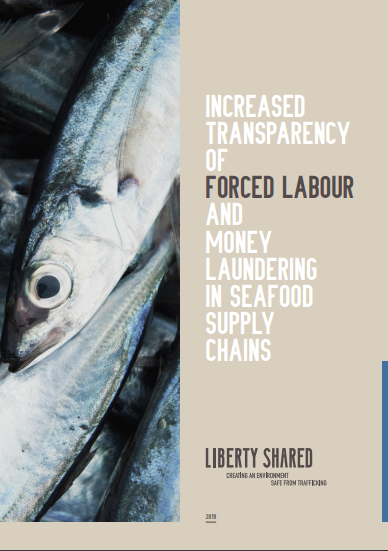Syrian refugees in Turkish garment supply chains: An analysis of company action to address reports of serious exploitation & abuse
PublicationsPitiful wages, child labour and sexual abuse is reported to be the reality for some Syrian refugees working without permits in Turkey, posing a major challenge for the garment brands that source from the country to supply Europe’s high streets. ...Read More

